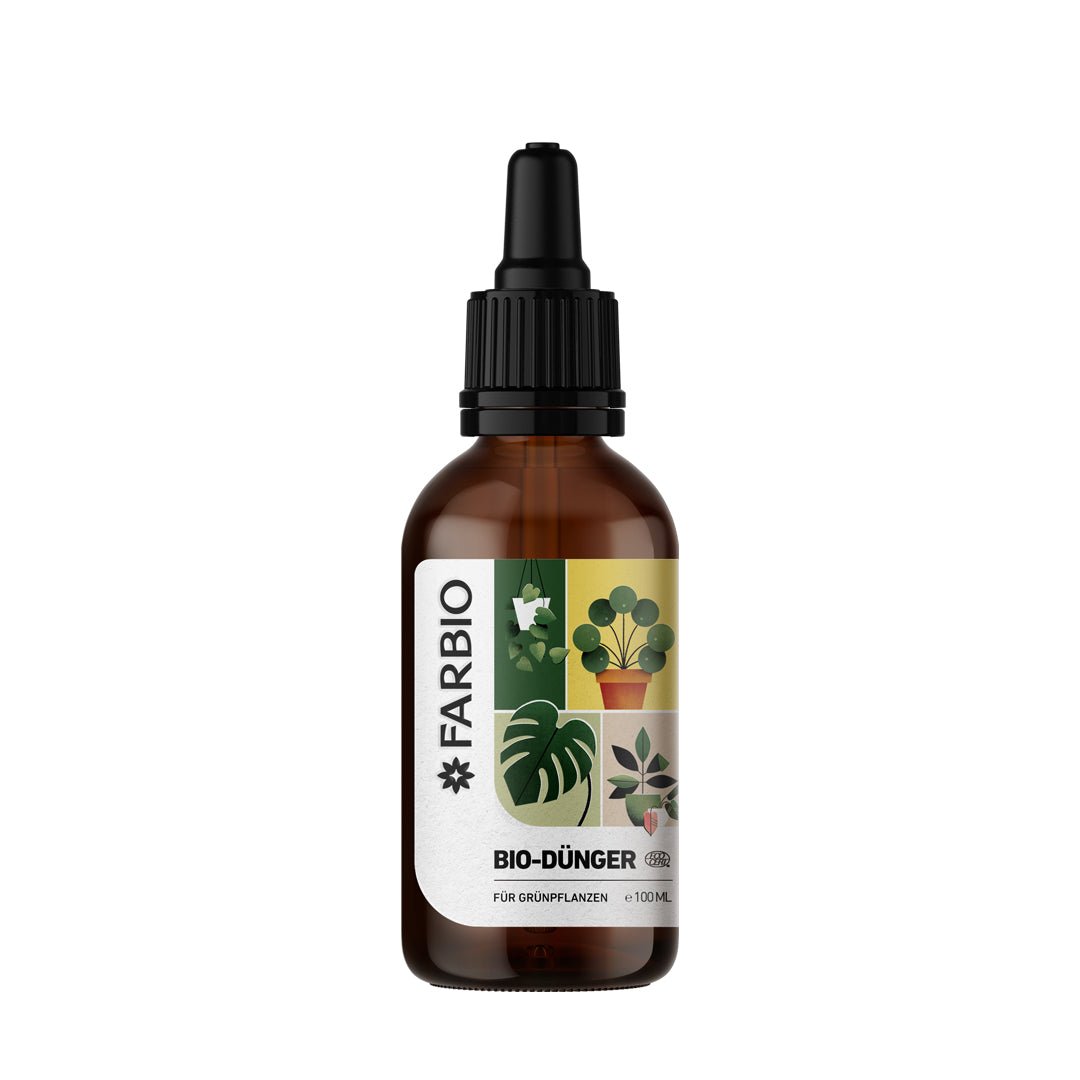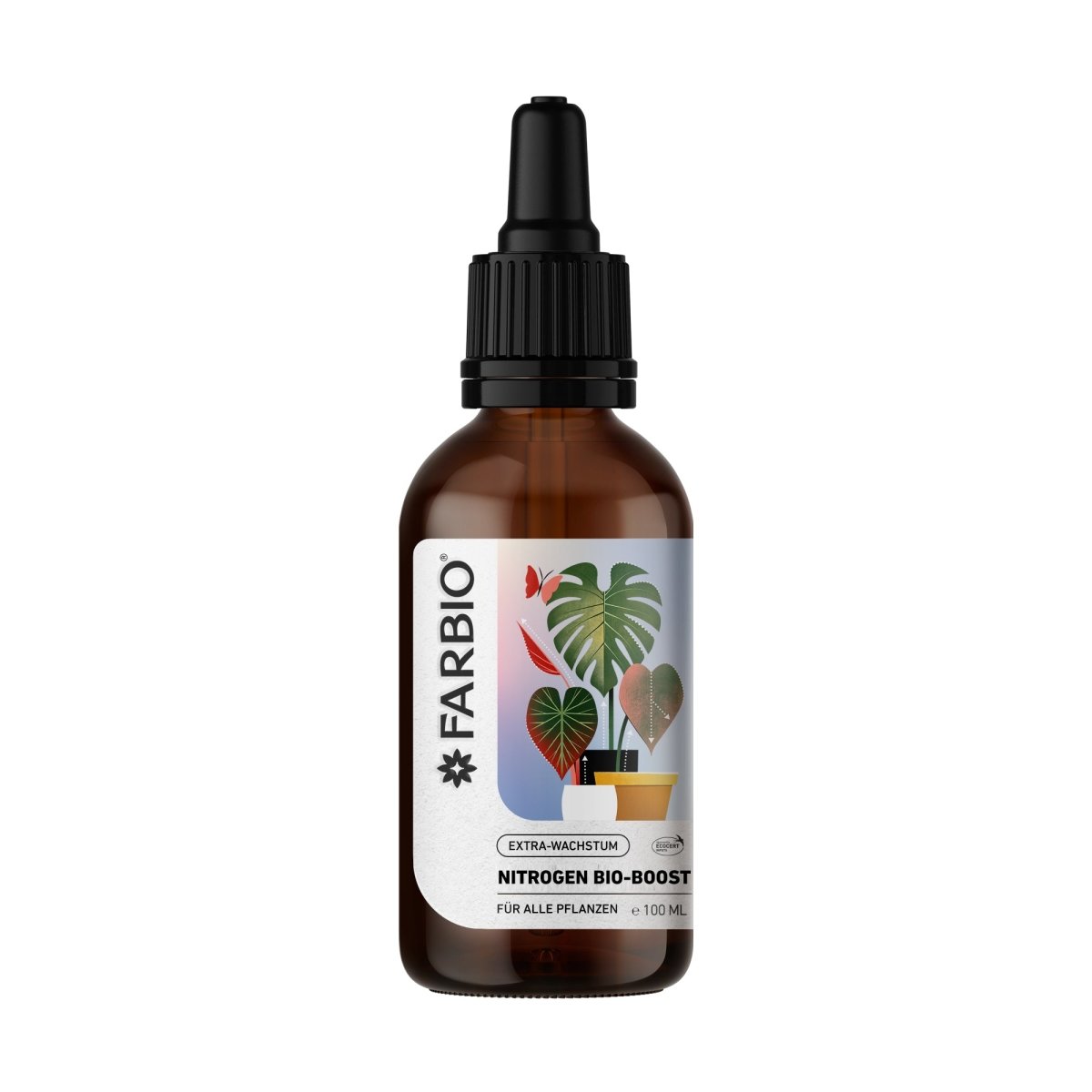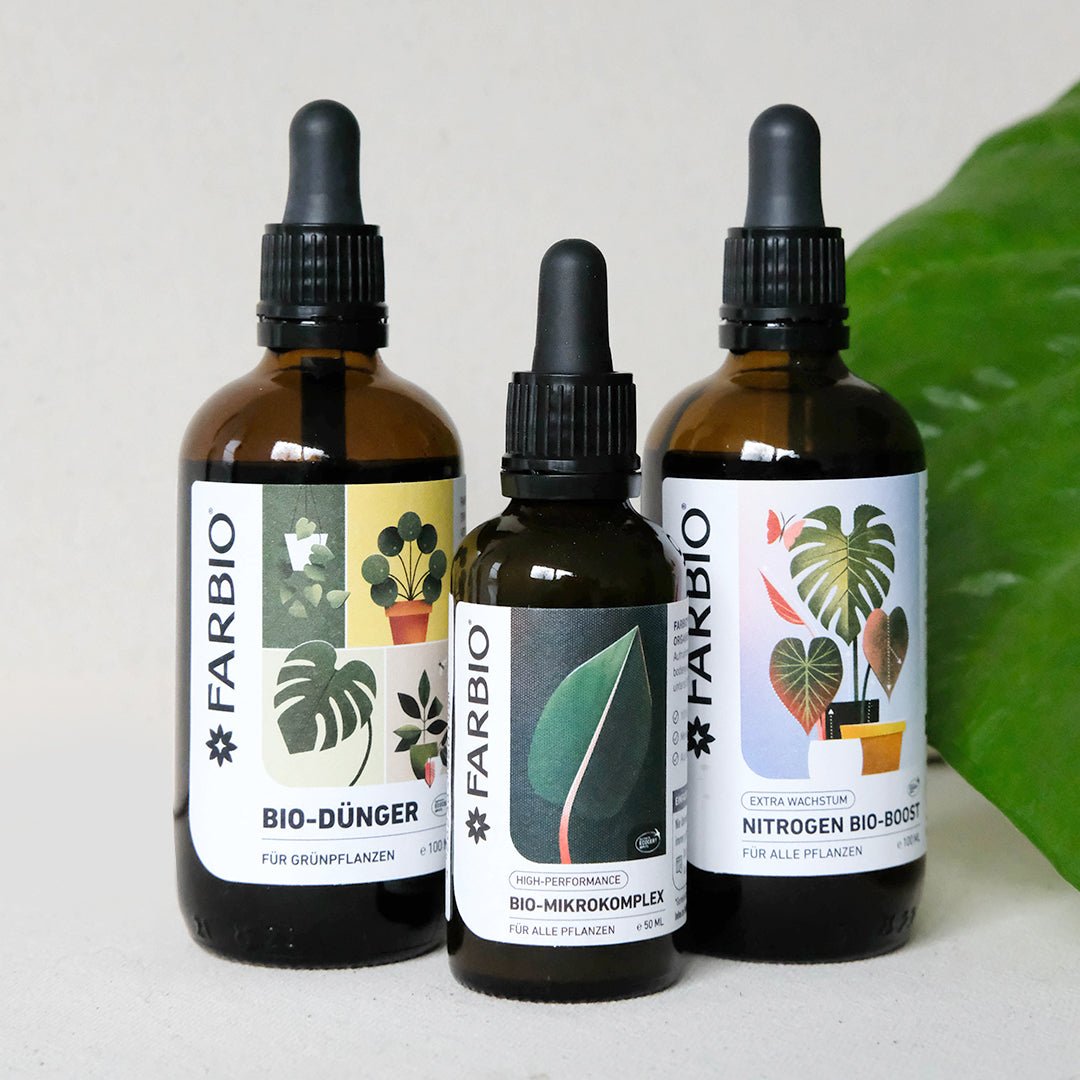What is a fungal disease?
Plant fungal diseases are infectious diseases caused by different types of fungi that can affect many types of plants. Fungi are microorganisms that settle on or in plants and feed on their nutrients. In doing so, they can damage plant tissue and, in some cases, lead to severe damage or even death of the plants. There is a wide variety of fungal species that can affect different parts of a plant and cause specific symptoms.
How does a fungal infestation occur?
Most fungal diseases develop in humid conditions, as fungi need high humidity to multiply and penetrate plant tissues. Too much watering or watering in the evening hours can create ideal conditions for fungus to spread. Inadequate ventilation and poor lighting conditions can also encourage fungal growth, as it is easier for them to thrive and spread in such environments.
The type of plant and its susceptibility to certain types of fungi also play a role. Some plants are naturally more resistant to fungal attack, while others are more susceptible and get sick faster. In addition, the use of already infected plant material or the presence of fungal spores in the soil can contribute to the spread of the disease. To prevent fungal diseases in plants, it is important to take appropriate measures to minimize the above contributory factors and promote plant health.
The most common fungal diseases in houseplants and how to recognize them
Black spot disease / black spot disease
Black spot disease, also known as black spot or blackleg, is caused by a sac fungus infestation. This fungus resides in the soil and mostly causes stains on the leaves due to wetness. Another appearance of the fungus is the dark coloring of the shoot, which eventually dies.

leaf spot disease
Leaf spot disease is caused by fungal infestation of the genera Alternaria, Ascochyta and Septoria. Mostly brown, black or yellow spots can be seen on the leaves, which are caused by moisture.

Powdery mildew and downy mildew
Powdery mildew is one of the most common fungal diseases. This is a white and floury coating on and under the leaves of your plant. The best known are powdery mildew and downy mildew. The cause of powdery mildew is the Ascomycota mold, which spreads in warm and dry climates. Downy mildew is caused by the egg fungus Oomcyta, which multiplies in humid conditions.

gray mold
Gray mold causes brown spots on leaves, which then quickly rot and later become furry. This disease is also caused by a sac fungus.

This is how you can fight fungal diseases on plants
In order to effectively combat fungal diseases in plants, it is important to act early and take appropriate measures. Some of the best tried and tested methods of fighting fungal infections are organic and therefore environmentally friendly. Only use chemical-synthetic pesticides (also called fungicides) in an emergency - for the sake of the environment.
It is very important to remove the parts of affected plants immediately, i.e. affected leaves and/or shoots. To do this, carefully check the top of the leaf and also the underside of the foliage of your plant to curb the spread.
Preparations with the mineral sulfur can be bought commercially and can help prevent spores: applying sulfur to the leaf surface prevents spore germination.
Copper is a nutrient that can actively support plants in their defense against diseases and pests. Thus, it is a suitable means of control and at the same time biological. The copper ions penetrate through the cell wall into the fungus and kill it - because they block vital enzymes.
plant affected? Act now!
The FARBIO® organic micro-complex is plant care in a class of its own: plant protection, plant healing and micronutrients in one. The 100% organic and vegan foliar fertilizer supplies all types of plants with important micronutrients and significantly increases the natural processes within the plant through nanoparticle technology and copper.
The use of the liquid fertilizer is particularly recommended for sensitive plants and as support for diseases and pests that need to be combated stubbornly. Reduces the effects of bad diseases and infestations and helps to heal wounds on all parts of the plant. Optimal for the prevention of diseases.
With innovative nano technology for optimized nutrient absorption and activation of the self-defense mechanism.

The best way to combat it: preventive measures
The best strategy to combat plant diseases is their prevention. This can prevent or reduce the spread of fungal infections before they occur. Here are some important preventive measures:
Strengthen Plants: Healthy and robust plants have a better chance of fighting off infections. Regular fertilizing is therefore essential to avoid weakened plants. The FARBIO® organic liquid fertilizer for green plants contains the most important organic nutrients for the basic care of your indoor plants.
Watering: It is best to water the plants in the morning so that the foliage can dry quickly during the day and pathogens have no chance of spreading.
Hygiene: Keep the area around the plants clean by removing dead leaves. These could harbor fungal spores and help spread the disease.















